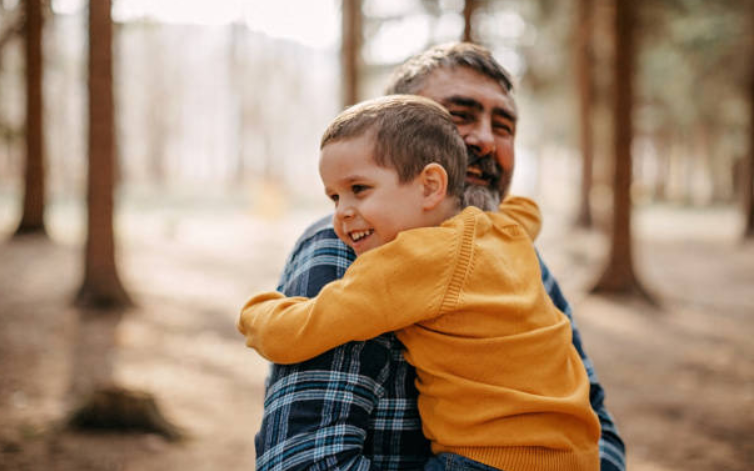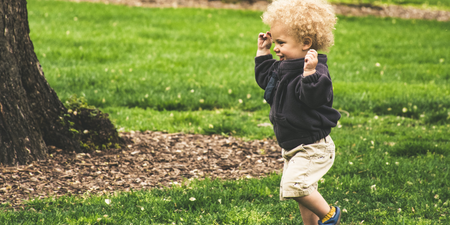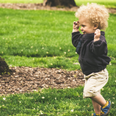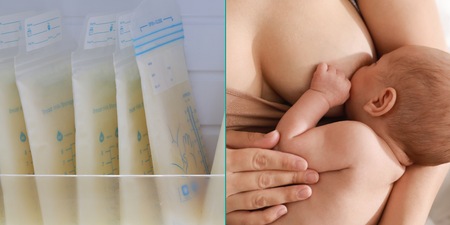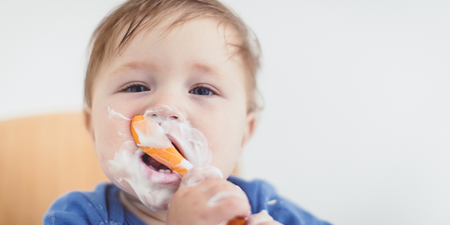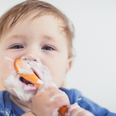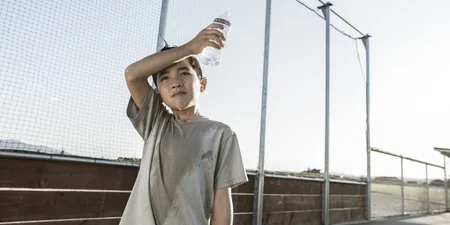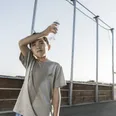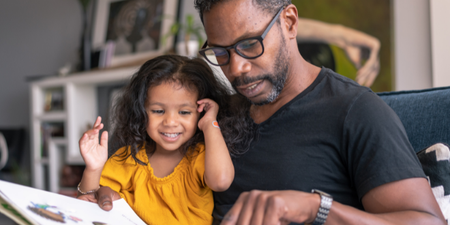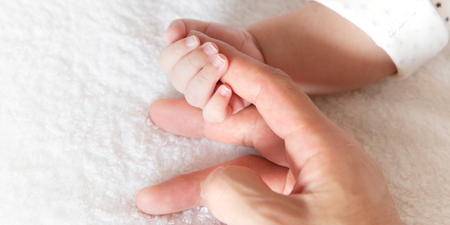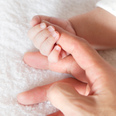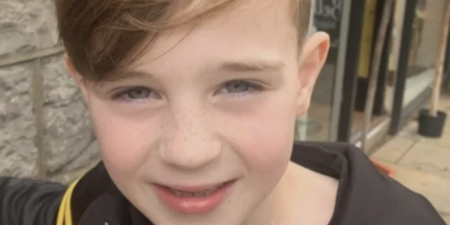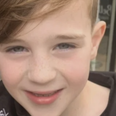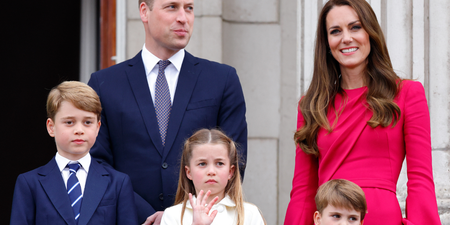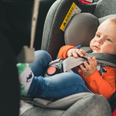When I drop my children into school and creche in the morning I always remind them: “Do your best, have fun – and be kind.”
That’s it. That’s all I require from them – in school and in any other area of their lives too, to be honest.
Being good at maths, nailing all those Irish spellings – yes, it matters too, but to me, the most important thing to be good at –is to be kind – to themselves and those around them.
I guess, raising children who are kind and caring is of uttermost importance to all us parents. At least it should be.
In a world where bullying, loneliness and anxiety is rife, especially among young people, teaching kindness is our job. Our very most important job.
We need to all be raising children who will love and tolerate and care and lend a hand. Children who will grow into adults who will continue to do those things. Who will teach everyone they meet to do those things. Who will show compassion. Who will include. Who will speak up for those who can’t speak up for themselves. Who will be kind.
But, how do we teach kindness? How do we model emotional intelligence so that it becomes our children’s second nature to be kind and caring?
The reality is that kindness sometimes needs to be taught. Just like we teach our kids to wash their hands before dinner and tie their own shoelaces, we should also be teaching them to be kind.
“Some children miss the subtle signs that they are upsetting those around them,” explains of Anxiourtoddlers.com.
“Some children have a hard time putting themselves in other people’s shoes. Some children have a hard time knowing how to be kind.”
1. Model kind behaviour.
Do you make fun of strangers? Do you talk bad about your relatives or friends when they aren’t there? Do you treat your spouse, pets or even kids in a degrading fashion some times?
The apple doesn’t fall far from the tree. If you tell your child to be kind, but you are modelling negative, unkind behaviour – your words will have little impact on their behaviour. Children do as they see – not as you tell them to do. Be a wonderful role model for your child.
2. Highlight people’s emotions around you.
If your child has a hard time reading social cues, practice a game I like to call “Guess the Feeling.” Sit at a park or a mall and watch people. If you love people watching – this game shouldn’t be too hard.
Find someone showing an extreme emotion – such as excitement, sadness or anger. Ask your child, “What do you think they’re feeling?” Ask them to make up a story about what may be happening.
This helps children identify non-verbal clues as to how others feel and helps them put meaning behind emotions.
3. Reassess how you tease your children – is it demeaning, taunting or degrading?
Some families love to tease each other, but some children can’t take intense teasing. Some parents do not think their teasing is cruel – but if your child reacts by crying and storming off – chances are they are feeling degraded.
Would you want your child to make fun of peers the way you are making fun of them? Some parents might think they are just “toughening up” their children or being playful, but kids will often take it out on their peers.
Children learn how to be playful by the tone their family sets. If mean spirited taunting is acceptable at home – then children will think it is acceptable elsewhere.
4. Point out how their behaviour affects those around them.
When your child’s behaviour is affecting those around them – point it out. Let your child know how they are affecting others without shaming them.
An example might be something like, “You hit her and now she is so sad. Look at that red mark you left on her arm. You wouldn’t want her to put a red mark on your arm. I would be very upset with her if she hurt you. I love you both and don’t want either of you hurt.”
5. Teach your children the joys of helping others.
Be an example for your children and help strangers, friends and family. Let them know that it feels good to help others – even if you get nothing back. Set up opportunities for you to help others as a family.
Teach your child that even small acts of kindness go along way. Express to your child why you are holding the door for another person, letting someone get in front of you in traffic or helping someone when their hands are full. Explain that it is nice to be helpful, even if the person doesn’t say thank you or appreciate it. You should give to give – not give to get.
